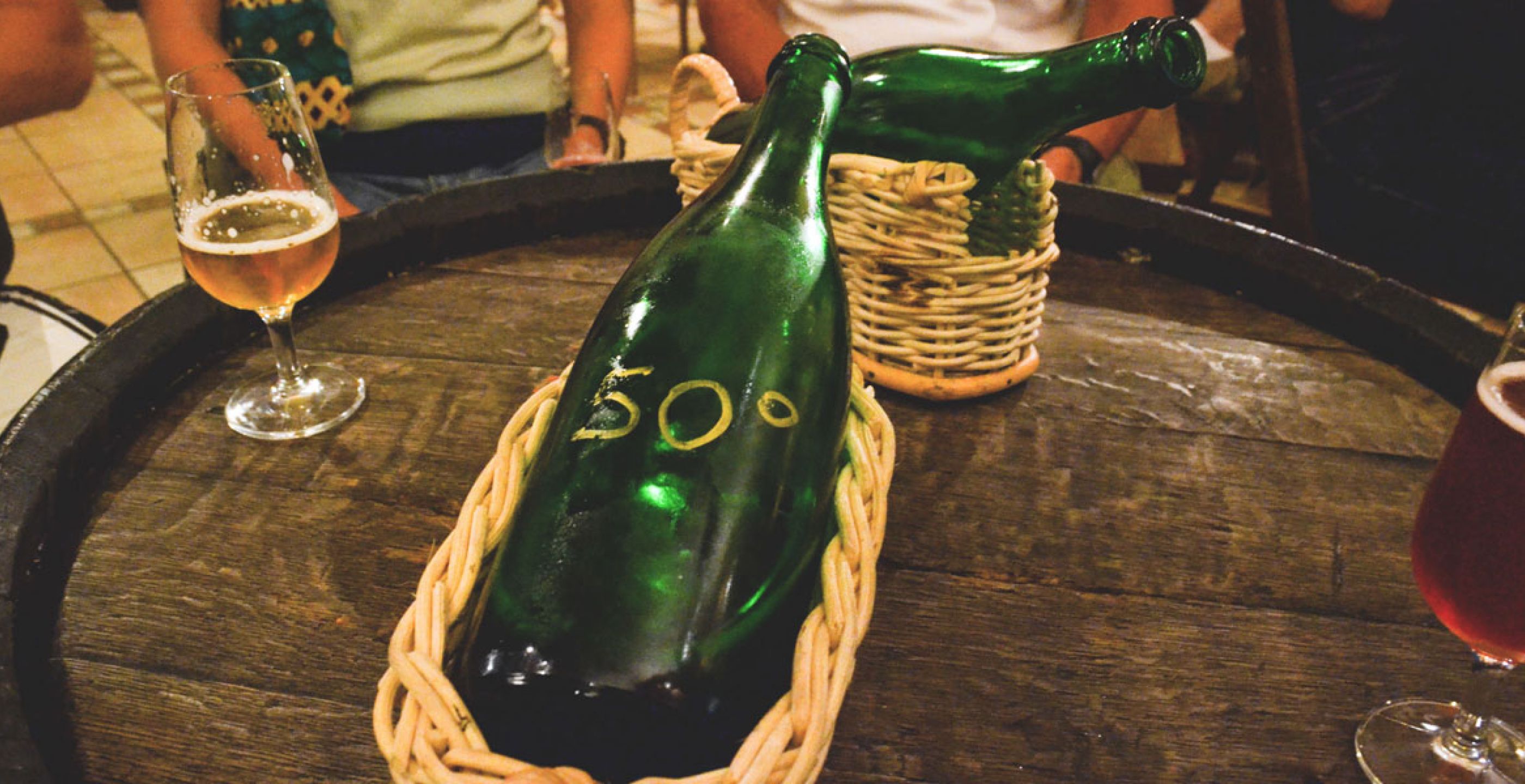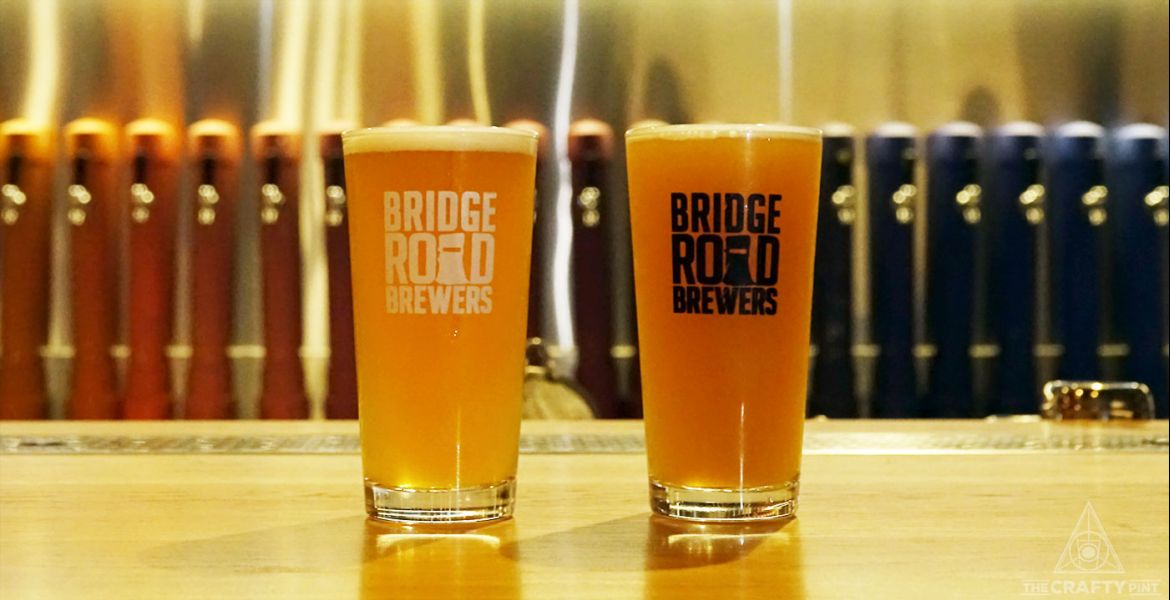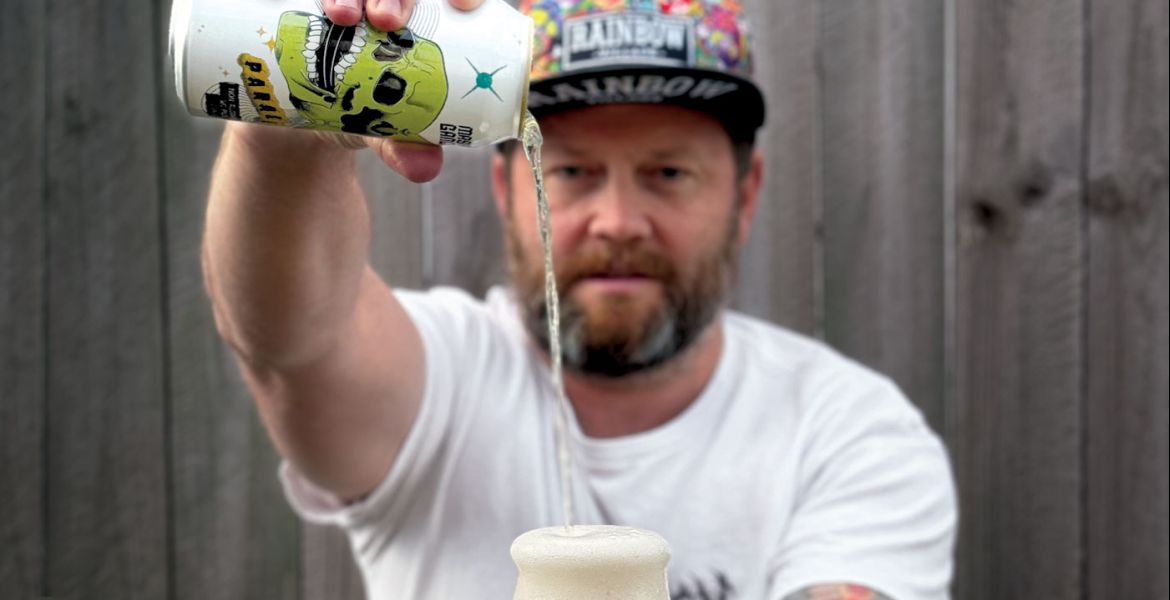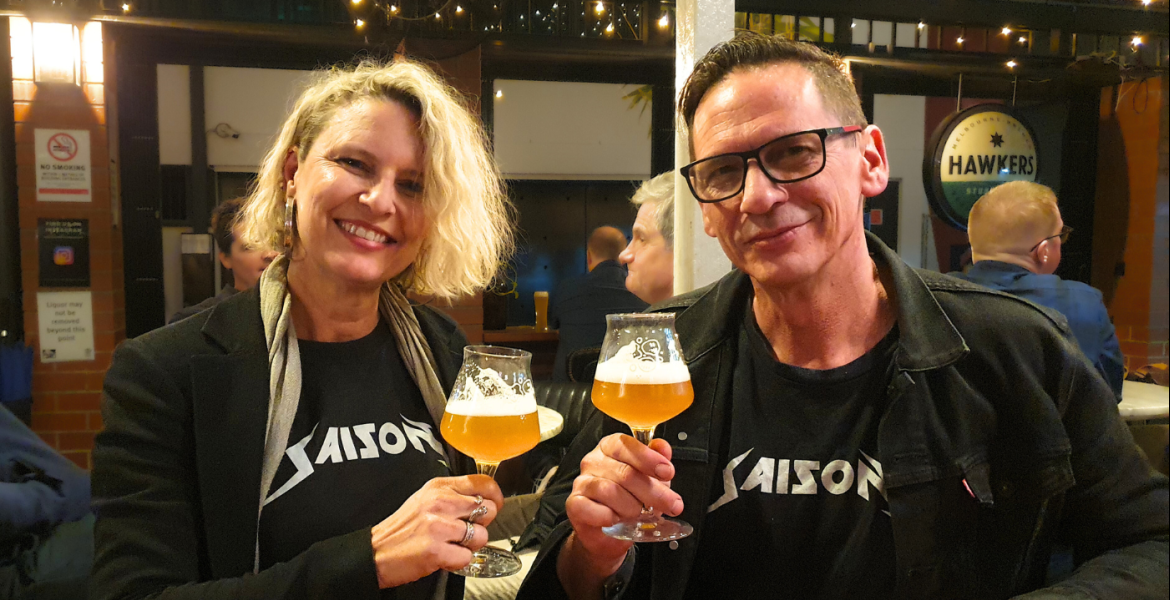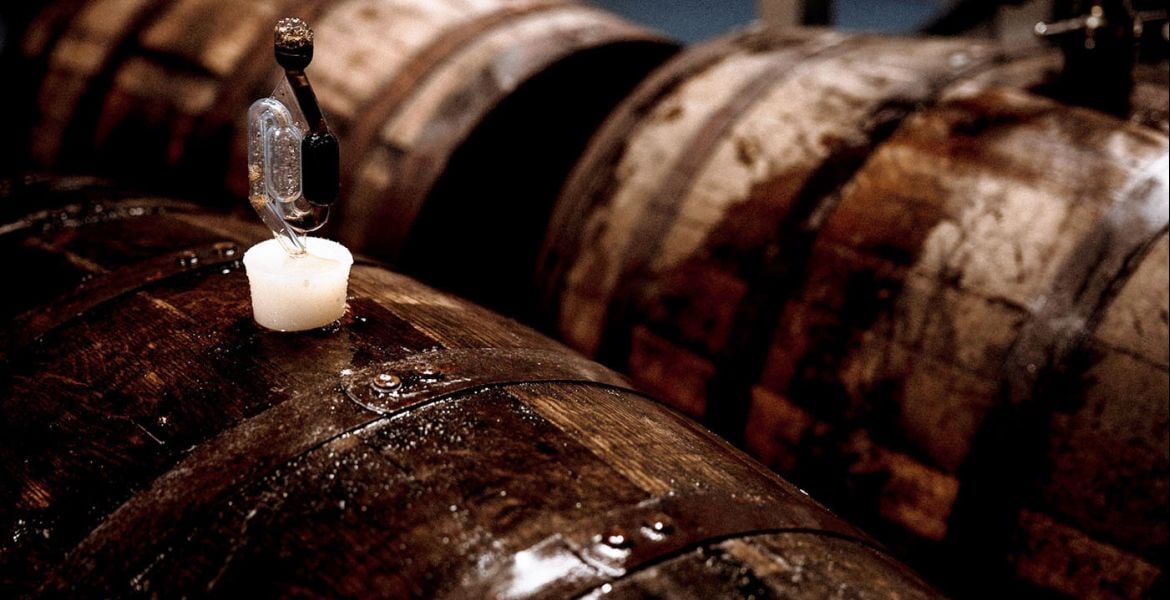They're few and far between, can take years to reach your glass, and there's the risk they could turn ugly at any time. Yet genuinely wild ales – those brought to life through spontaneous fermentation – possess a romance and elicit a fervour among their fans beyond the reach of most other beers.
If brewing is often said to be a blend of art and science, here you can add nature and time – maybe even a little mystery, luck and magic too – to the process by which some of the most fascinating, rewarding and complex drinks on the planet take shape.
Arguably the world's most famous examples, the beers of Cantillon, sell out as soon as they land in Australia, there are trading networks for such beers that often attract high prices, and a small number of Australian brewers are now cultivating local examples.
In The Wild Ones, The Crafty Pint aims to get under the skin and into the barrel with such brewers, featuring each Aussie producer playing in this realm. Kicking things off is Luke Robertson with a guide to what it all means, where it started, and why it matters so much to many.
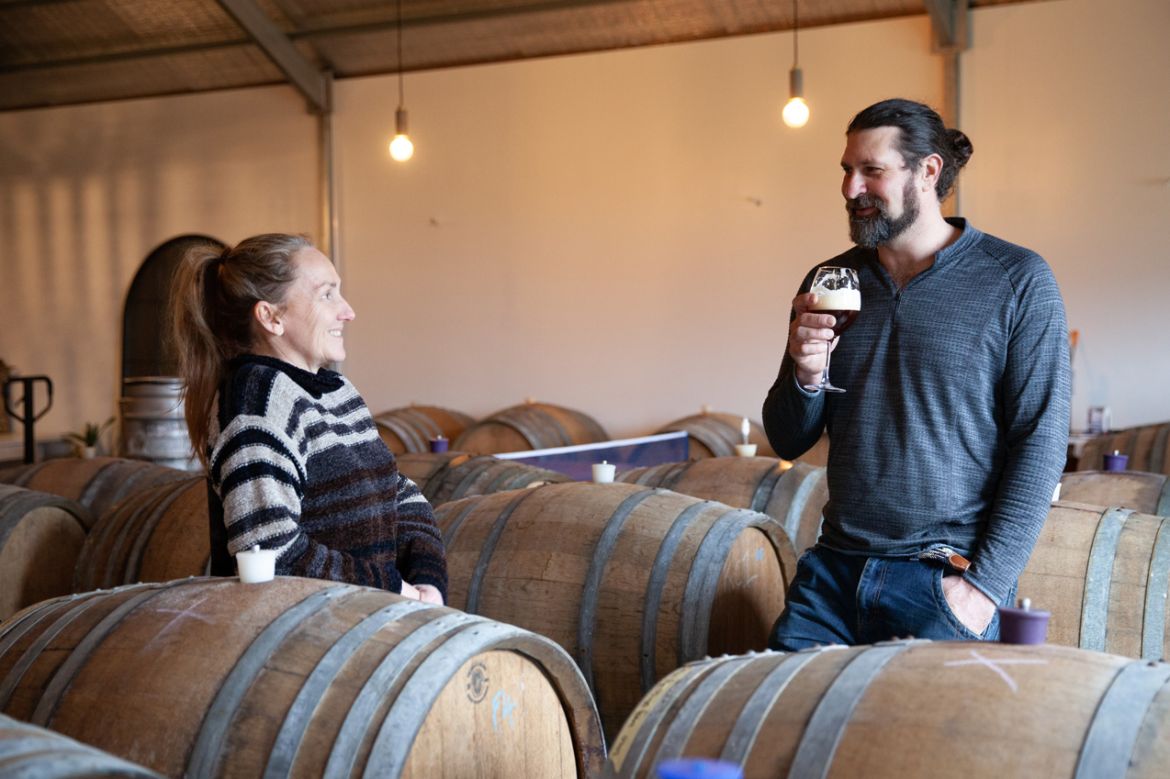
When Dollar Bill won Champion Australian Beer at the Australian International Beer Awards (AIBA) earlier this year there was a standing ovation.
The Ballarat husband and wife team were awarded the trophy for Gold Teeth, a spontaneously fermented beer aged on peaches. It’s the first of its type to win the accolade since the category was created in 2013. No other beer of spontaneous, mixed or sour ferment style has done it, and only one other barrel-aged beer, Mountain Goat’s Barrel Aged Barleywine in 2015, has won the trophy.
To provide perspective for the growth of wild and mixed ferment beers (often referred to as simply “sour” beer, which we’ll explore later) in this country, consider this: when Mountain Goat took out the top prize in 2015, Dollar Bill didn’t exist; Wildflower was two years from opening; La Sirène hadn’t released anything from their barrel-ageing program; Boatrocker had just launched their barrel room.
Sure, Two Metre Tall beers had been popping up on shelves outside Tasmania, but other than that you would struggle to find an Australian wild ale. Now they share podiums with lagers and pales made by international brewing powerhouses.
Justin Fox, head of sales at Bintani, and a member of the AIBA Advisory Group for the awards, was one of those standing and clapping that night. He can’t recall any past result that's elicited such a crowd response.
He says the growth in local brewers in the category has helped everyone, including beer judges, understand these styles better; indeed, it may not have been possible in the past for such a beer to make it through the multiple rounds of judging required to win the top trophy.
“The wild ale category has always been hard at beer comps,” Justin says. “There are a number of things that are happening from my perspective. One key one would be there are more of them in the market.
"We’ve ended up at a point where there is a strong enough acceptance to actually put the time and energy into those beers.”
While these beers have roots in brewing that stretch back to very first beers – in which yeast appeared naturally rather than being added as an ingredient – he believes modern technology has played a role. He cites Will Tatchell at Van Dieman in Tasmania as a great example: the owner of the small operation on an isolated farm south of Launceston can now send his beer far and wide.
“[Will] doesn't have to convince enough people in Tassie to drink enough to make it worth it. He can sell online nationally or internationally from his shed,” Justin says.
“The market has enough capacity to help someone experiment and develop in that space, and actually support the business, [and] pay $20 a bottle to try it.”
The Language
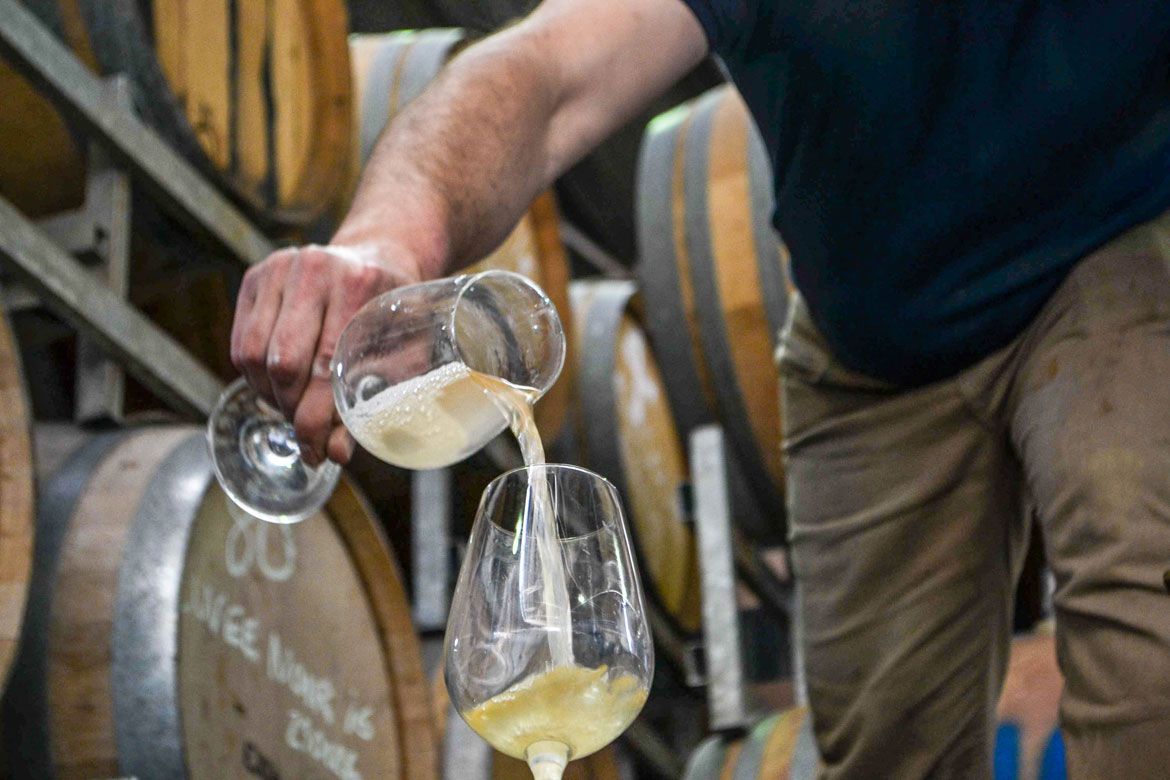
One of the challenges when talking about these beers is the language. Often they're referred to under the umbrella term “sour beer”, which can be a bit of a misnomer at times. There’s a wide gap between a gently tart saison and a puckering kettle sour, while beers using Brettanomyces yeast are sometimes lumped in as well, despite various strains producing tropical fruit, leather, and barnyard flavours and not actually being sour at all.
For beer such as Dollar Bill’s, the terms spontaneous and wild fermentation are used interchangeably. In this case it means no yeast was added to the beer, with fermentation the responsibility of airborne yeast and bacteria living in and around the brewery and barrels.
Wild is also used as shorthand for the presence of yeast and bacteria outside the traditional brewers' yeasts (Saccharomyces pastorianus and Saccharomyces cerevisiae) – whether it’s spontaneous or introduced.
Mixed fermentation can mean a combination of spontaneous and introduced yeasts. Or, like wild, it might simply mean the presence of unconventional yeasts and bacteria.
The final approach in the sour beer space is kettle souring, which uses bacteria to create sourness before the beer is boiled. The result is a more stable product but one that doesn’t typically have the depth or complexity of their wild and mixed cousins (although some may then go through barrel-ageing and fermentation with further wild yeast and bacteria).
I asked Dan Pixely, from Milk the Funk, for his thoughts on what to call these beers. Milk the Funk began as a Facebook group in 2013, and over the years has morphed into a Wiki-resource and podcast exploring these styles of beer. Dan joined the group in 2014, and is now the Wiki editor, and podcast co-host.
“To me, on the spontaneous fermentation side, I just call it spontaneous because there’s precedence there with the lambic brewers,” Dan says. “I would prefer not to say wild.
"That word has been taken by other sour beer brewers to mean lab microbes are being pitched. Wild to me doesn’t really have a solid definition other than it’s probably sour.”
He adds that many brewers in the US are using the word “saison” to describe these beers. Saison (the French word for season) is less a style and more an approach to brewing. It comes from Wallonian farmers (the southern, French-speaking region of Belgium), who would brew beer seasonally for their workers and sometimes the local bars. The most recognised example is Saison DuPont, which is bitter rather than sour, but Dan believes for consumers the meaning of saison is changing as US breweries adopt the moniker.
“I would say the modern saison in the US drinker’s mind is not DuPont, it’s a lightly sour barrel-aged beer.”
Here in Australia, some brewers, including La Sirène and Wildflower, are using the term similarly. But, while saison may emerge as the defining term for these styles, Dan says we can’t have this conversation without the word lambic.
“I think it’s important to say that lambic inspired all of these beers," he says. "It’s kind of like not talking about Sierra Nevada Pale Ale when talking about pale ale. You have to acknowledge them.”
All Roads Lead to Belgium
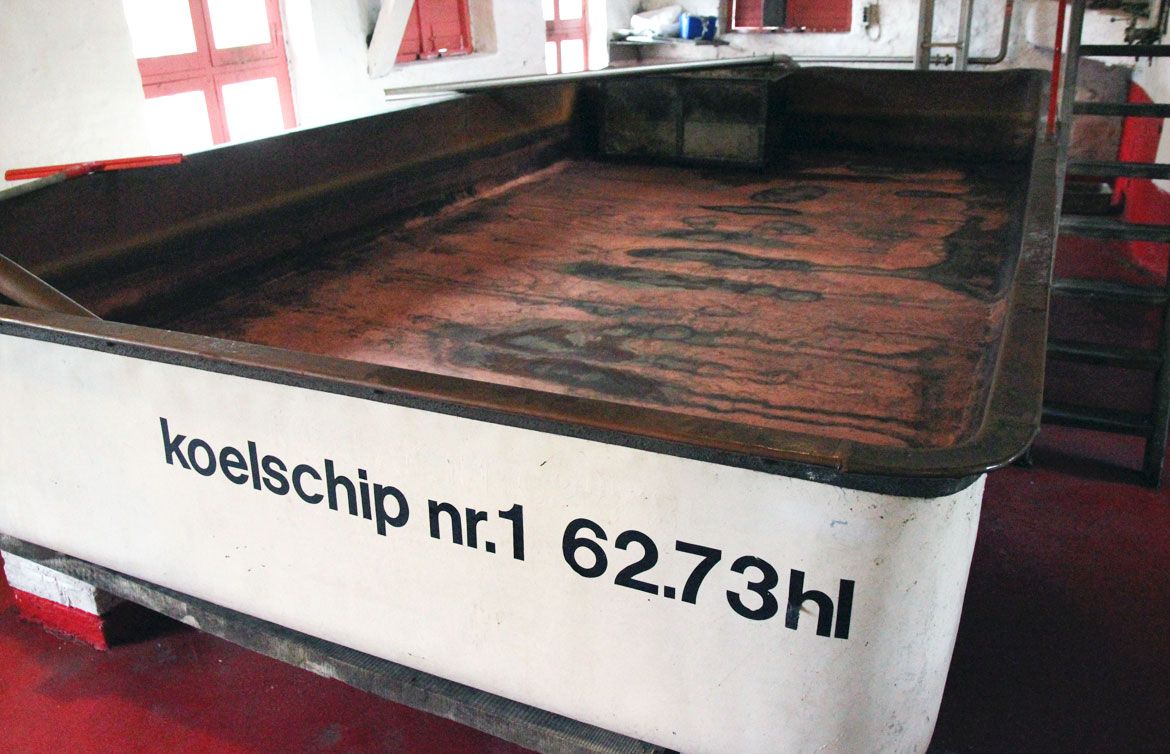
Belgium is the home of lambic.
It’s a beer style, with associated sub-styles, that has naming protection in the European Union. Not as stringent as the likes of Champagne, but lambic needs to meet certain criteria to be called lambic. It isn’t tied to a particular place (a common misconception) but rather ingredients and process.
Belgium is also home to breweries in Flanders, which create their own style of sours (a category that in itself has its own naming confusion). Where lambic is bright in flavour and colour, Flanders styles are typically darker, with richer fruit flavours, more vinegar character and a bit more sweetness.
At the end of last century, these beers had all but died. According to lambic.info, a site dedicated to preserving the history of lambic, at the end of the 18th century there were more than 100 lambic producers. By 1900, it had fallen to fewer than 50 brewers, although there were still 300 cafés and bars buying and blending their own. After two world wars and a hundred years of beer industry consolidation, there were just 13 brewers and blenders by the turn of the millennium.
Since then, four more have opened, plus a collection of smaller blenders that only sell bottles through special events, bars, or the less formal beer trading scene. While the Flanders-inspired styles have also benefited from the evolving beer world, it's lambic producers who provide most of the inspiration for this current crop of brewers and blenders.
Adam Harbaugh, who founded lambic.info with his friend Bill Young in 2015, says a newfound global love for these styles has helped influence a change in breweries.
“A lot of lambic brewers will say that brewing’s the easy part. It’s the blending where the art comes in,” Adam says.
“I think a lot of the brewing industry around the world right now has recognised you gotta understand your place, your beer, and how it works in a particular area. How it’s going to ferment out in XYZ climate vs another location?”
As it has with many beer styles in the last 30 years, the American beer scene has led the charge. Adam says quality has been up and down over that time, but the amount of information and knowledge sharing has helped build consistent products.
“For a country like Australia, or for nascent mixed or wild fermentation breweries, I don’t think they are going to experience the same kind of growing pains that the US went through, with overly acetic [the main acid found in vinegar] beers, or not particularly knowing how to handle it or blend it,” he says.
“When you look at places like Russian River or Lost Abbey [two American breweries who produce spontaneously fermented beers], they went through their ups and downs and they are remarkably consistent now.”
Consumers
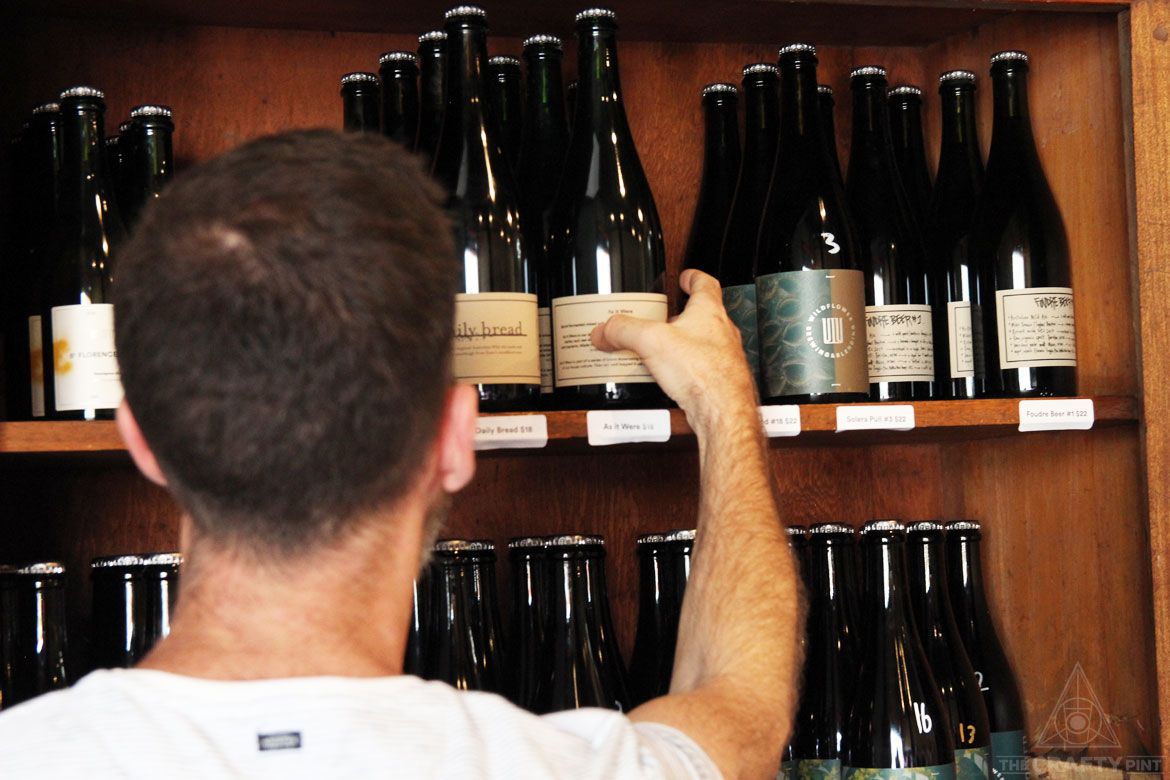
These beers can often be in high demand. Thinking back to the night of the Gold Teeth win, people immediately wanted to know where to get it, but there were less than 500 litres of beer before it was then aged on fruit – meaning there was even less beer when it came to packaging – which went into a limited run of bottles and a small number of kegs.
I was offered a bottle in hushed tones at one of my local stores. They only had six and four had gone already.
The sixth went soon after to a brewer, who spied the bottle on our table.
However, that demand doesn’t mean high prices. While some Belgian or American bottles may end up costing Australians close to $100 by the time they reach retailers here, and some secondary market bottles might command around $1,000 for something very rare, Gold Teeth cost just a tick over $30 in stores.
Most Australian producers charge around that price for 750ml bottles of such beers, regardless of rarity. Compare that to wine, where many people don’t flinch at a local producer charging $50 as a starting point for their products, and where secondary market prices can be well into the thousands, and beer becomes an appealing proposition for the dinner table.
The relatively low price doesn’t mean getting some of the rarer Lambics and international bottles is easy, however. Stuart Garland is a Melburnian lambic fanatic who goes by @lambic_lad on Instagram. While he had tried local versions, and was already a fan, it was a visit to Belgium that really sparked a love.
“I never gave it much thought but just before COVID I went to visit the family in the UK and I cheekily did a Belgium trip, but it was mainly to check out the Trappist monasteries,” Stuart says. “I happened to be in Brussels and stumbled across a place called Cantillon [the most well known of the lambic producers]. That’s when it all really went horribly wrong for me.”
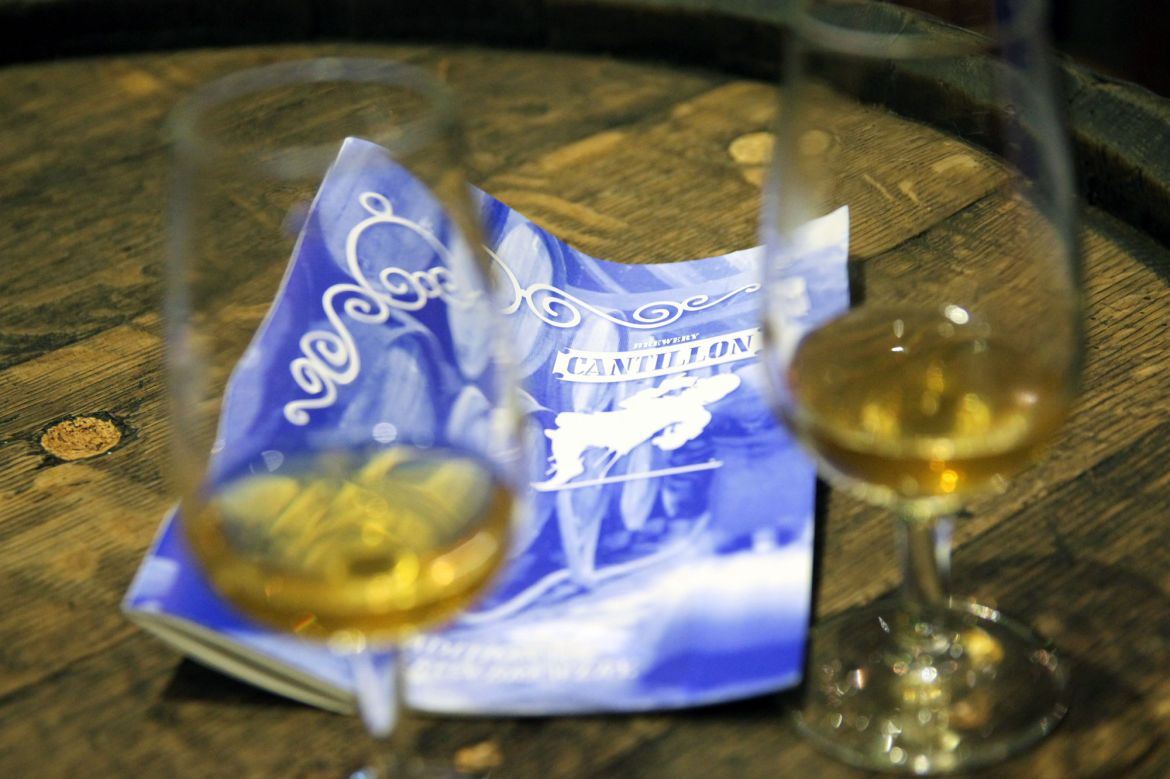
When COVID hit, he found himself with a bit of free time, and he began to investigate buying more lambics and wild ales. As we talk, he shows me some of his collection, featuring sought after bottles produced only once in small amounts.
“I had some time on my hands and went down the rabbit hole," Stuart says. "I literally just started spending my time finding out who the main producers were, and working out how to get memberships.”
He says it’s a steep learning curve trying to get hold of some of the “whales” (internationally renowned and coveted bottles) and he’s discovered building friendships and trusted trading partners overseas is the best way to try some of these beers. He still has a lot of love for the Australian scene, however, and appreciates how accessible and available good local versions are, especially when compared to shelf prices for international products.
“Why would you be paying $90 for something that someone is going to be paying 12 Euro for in Europe when we’ve got our own 12 Euro beer that you should be drinking first and foremost?” he says.
Justin, who was head brewer at Colonial before moving to Bintani, says he’s in awe of what these brewers are creating and doesn’t think he could even come close to recreating such beers.
“For someone who has been doing beer this long, it would be a scary thing to try and understand and harness,” he says. “There’s nothing more difficult in beer to harness and master fermentation, and to do that losing my safety walls of stainless steel and dry pitches of pure yeast, to lose those safety blankets and try to control biology, it’s amazing what can be done.”
At lambic.info, collating all of the information is getting harder. Breweries like Cantillon and Drie Fonteinen (another sought after lambic producer) are expanding their product lines, with new releases and special bottles appearing regularly.
Adam doesn’t think he could start lambic.info now, with so much going on. That’s not a bad thing, of course; it’s just a lot of work for him and the small team of volunteers who look after the site.
“I think globally one of the best things to come out of the lambic revival is this idea that beer isn’t just brewed. It's connected to a place, and a sense of place, and a culture, and an art,” he says.
“Beer is no longer this 12 ounce bottle, it’s not that anymore. It’s gaining respect among the other alcohol producers of the world.
“There’s a brand new generation of brewers who are colouring outside the lines. If it inspires people to think about their place, the people, the process, then that’s a good thing.”
Resources
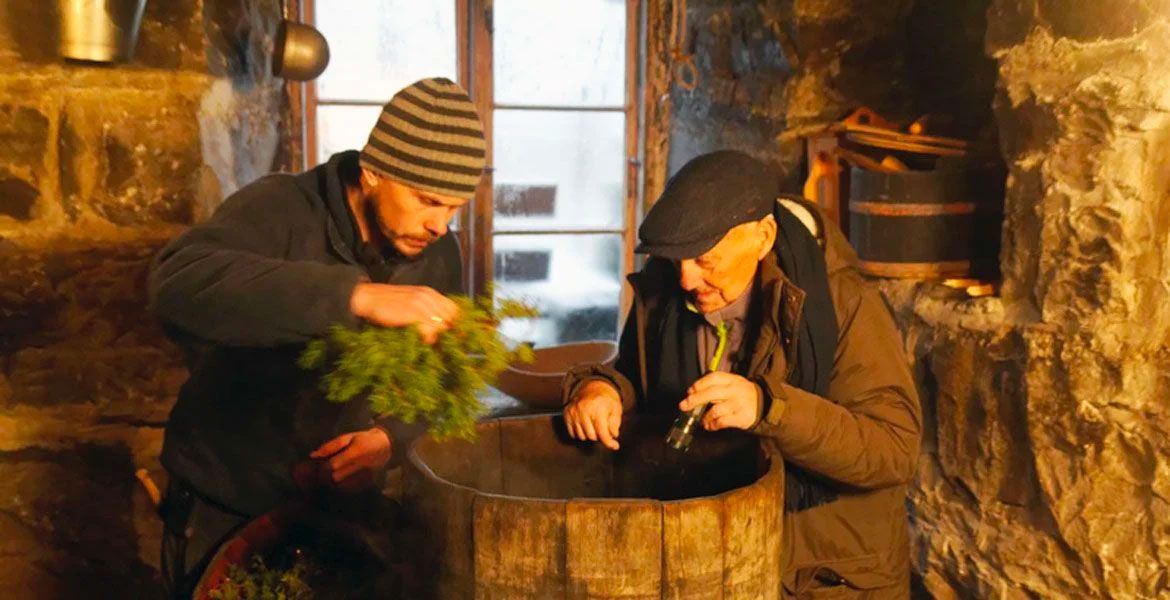
Milk the Funk Wiki and podcast
Perfect for homebrewers and brewers seeking factual and technical information,
The go-to resource for Lambic facts.
Recipes, info and more from the author of American Sour Beers.
Co-hosted by Jay Goodwin of Rare Barrel. A brewery/blendery from which many Australian brewers have taken influence.
Farmhouse Ales - Phil Markowski
A comprehensive overview of saison and farmhouse brewing.
A blog exploring Belgian beer history, which includes some fact checks of the above book.
A blog on farmhouse brewing throughout Europe. If you see “Kveik” on a beer, the author can claim direct responsibility for making it happen. Its founder supplied the photo immediately above, which we first used in a two-part series on kveik's arrival in the hands of Aussie brewers.
Next week, we commence our series featuring the Australian brewers producing such beers with Van Dieman.




